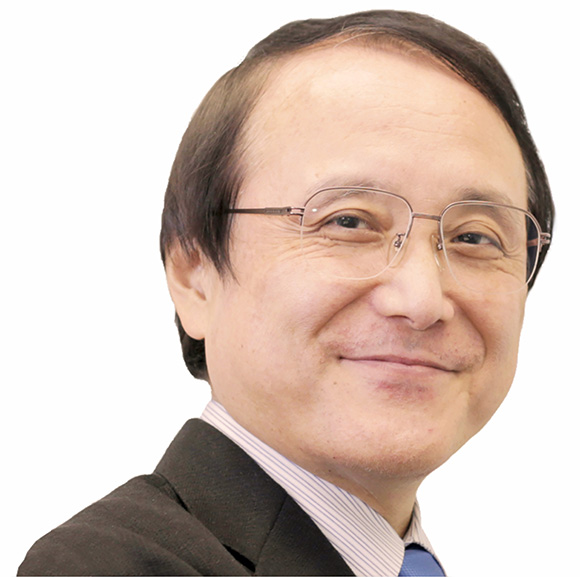About us
The new coronavirus infection, which originated in Wuhan, China, has caused a global pandemic and many people have lost their lives. The world has changed, and society’s needs are changing rapidly. The whole world is in an unprecedented state, and our lifestyle has been revolutionized. Many socioeconomic activities have become remote, and the economic activities are dramatically changing due to restrictions on people's movements and activities. Even if the current restrictions become more relaxed and end, it is unlikely that our lifestyle of working remotely and maintaining social distance as much as possible will return to exactly the same as it was before. In addition, the fight against infectious diseases is also a fight against evolution due to mutation of pathogens. As seen in the new coronavirus, mutation increases the infectivity of pathogens and gains characteristics to avoid neutralizing antibodies (ineffectiveness of vaccines), and in 2050, it is predicted that AMR (Antimicrobial Resistance) will be the top in the cause of death surpassing the cancer.
In terms of cancer treatment, advances in genomic medicine have led to the rapid development of precision medicine that selects and treats the most appropriate anti-cancer drugs, and has achieved remarkable results in the treatment of cancer. The drug resistant cancer will be our next challenge. For both infectious diseases and cancer, we have to catch up the changes in pathogens and cancer cells and develop the new diagnosis and treatment.
At the end of January 2020, when large cruise ship, the Diamond Princess, arrived at Yokohama Port with infected passengers, the situation turned into a battlefield, and Governor Kuroiwa of Kanagawa Prefecture made an urgent request for our company to immediately create a diagnostic kit. Even at this time, in order to respond to the sudden emergence of a large social need, we completed the kit within two weeks and began manufacturing and supplying it.
The necessity and urgency of social needs are changing drastically due to these unexpected changes in society and the global environment, and we believe that it is our mission to respond to these changes in a timely manner. With the spirit of Never Give Up, we will do our best to meet the needs of society.
